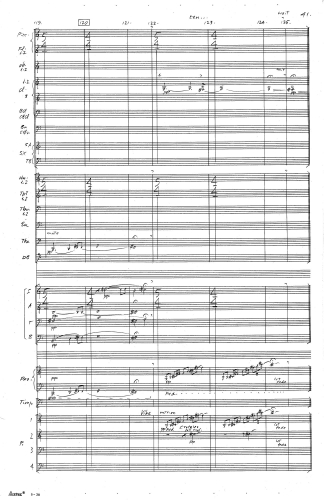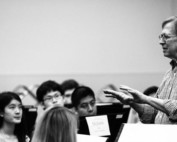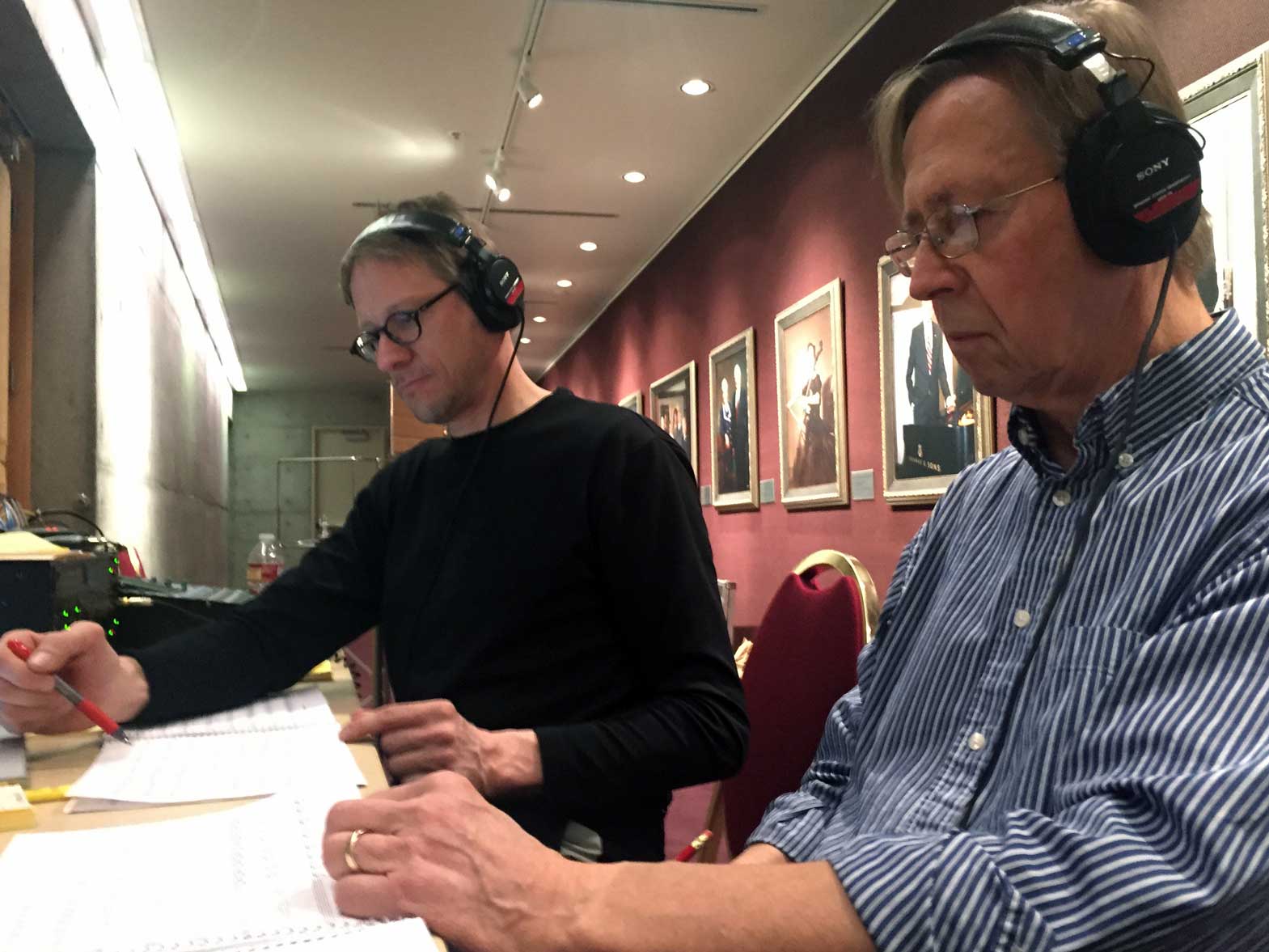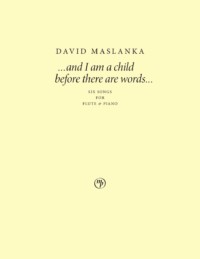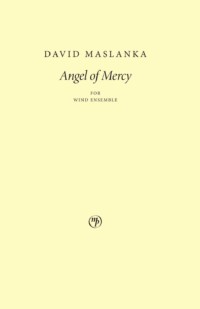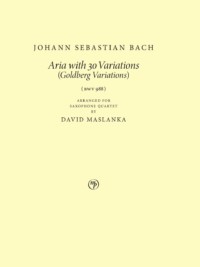Project Description
Saxophone Quartet and Wind Ensemble
2012
33 minutes
Listen Now
Illinois State University Symphonic Winds, Stephen Steele, cond.
live recording
Instrumentation
Solo SSx | Solo ASx | Solo TSx | Solo BSx | Picc Fl-2(2»AFl) Ob-2 BbCl-3 BCl CBCl Bsn-2(2»Cbsn) SSx ASx TSx BSx | Hn-2 Tpt-2(1»Picc) Tbn-2 Euph Tuba DB | Pno Timp Perc-4
- Solo Soprano Saxophone
- Solo Alto Saxophone
- Solo Tenor Saxophone
- Solo Baritone Saxophone
- Piccolo
- Flute (2) (2 doubles Alto Flute)
- Oboe (2)
- Clarinet in B♭ (3)
- Bass Clarinet in B♭
- Contra Bass Clarinet in E♭
- Bassoon (2) (2 doubles Contrabassoon)
- Soprano Saxophone
- Alto Saxophone
- Tenor Saxophone
- Baritone Saxophone
- Horn in F (2)
- Trumpet in B♭ (2) (1 doubles Piccolo Trumpet)
- Trombone (2)
- Euphonium
- Tuba
- Double Bass
- Piano
- Timpani
- Required Percussion (4 players)
- Marimba
- Tam-tam
- Bass Drum
- Crotales
- Vibraphone
- Suspended Cymbal (lg.)
- Temple Blocks
- Orchestra Bells
- Xylophone
- Crash Cymbals
- Chimes
- Tenor Drum
- Tom-tom
- Triangle (1 sm., 1 lg.)
Movements
- Inward
- Moving, assertive
- Dramatic/motoric
Description
The first two movements are somewhat parallel in nature. Both have a “seeker” quality, starting and ending very intimately, but discovering an issue of great emotional and spiritual intensity. The third movement begins in the same mode, but quickly reveals itself to be an energetic dance movement with patterning and melodic unfolding reminiscent of the Baroque. This movement is engagingly good natured, and by turns jolly, mysterious, fierce, and triumphant.
Program Note
My Concerto for Saxophone Quartet and Wind Ensemble reflects some of these values. It is not programmatic – no stories to tell beyond what the music wants to say, and what it sparks in each listener. The three movements are substantial but concise. The solo quartet is often integrated into the accompanying group in the fashion of a Baroque Concerto Grosso.
Two Chorale melodies appear in the Concerto, We Should Now Praise Christ, and Only Trust in God to Guide You. I have used Chorale melodies in my music for many years. These melodies open something deep in me. The Chorales have transformed my composing, and my composing has absorbed and transformed the Chorales. My use of the Chorales is not about preaching the Christian faith, but feeling the full power of melodies that have grown out of the Earth, and through centuries of human experience. They have been my doorway to the roots of our musical language.
– David Maslanka
Further Reading
David Maslanka: Works for Younger Wind Ensembles
Here are more than twenty works for wind ensemble, arranged in approximate ascending order of difficulty, with commentary by David Maslanka
Recording the Wind Ensemble Music of David Maslanka
Mark Morette of Mark Custom Recording shares his extensive experience in recording wind ensembles.
